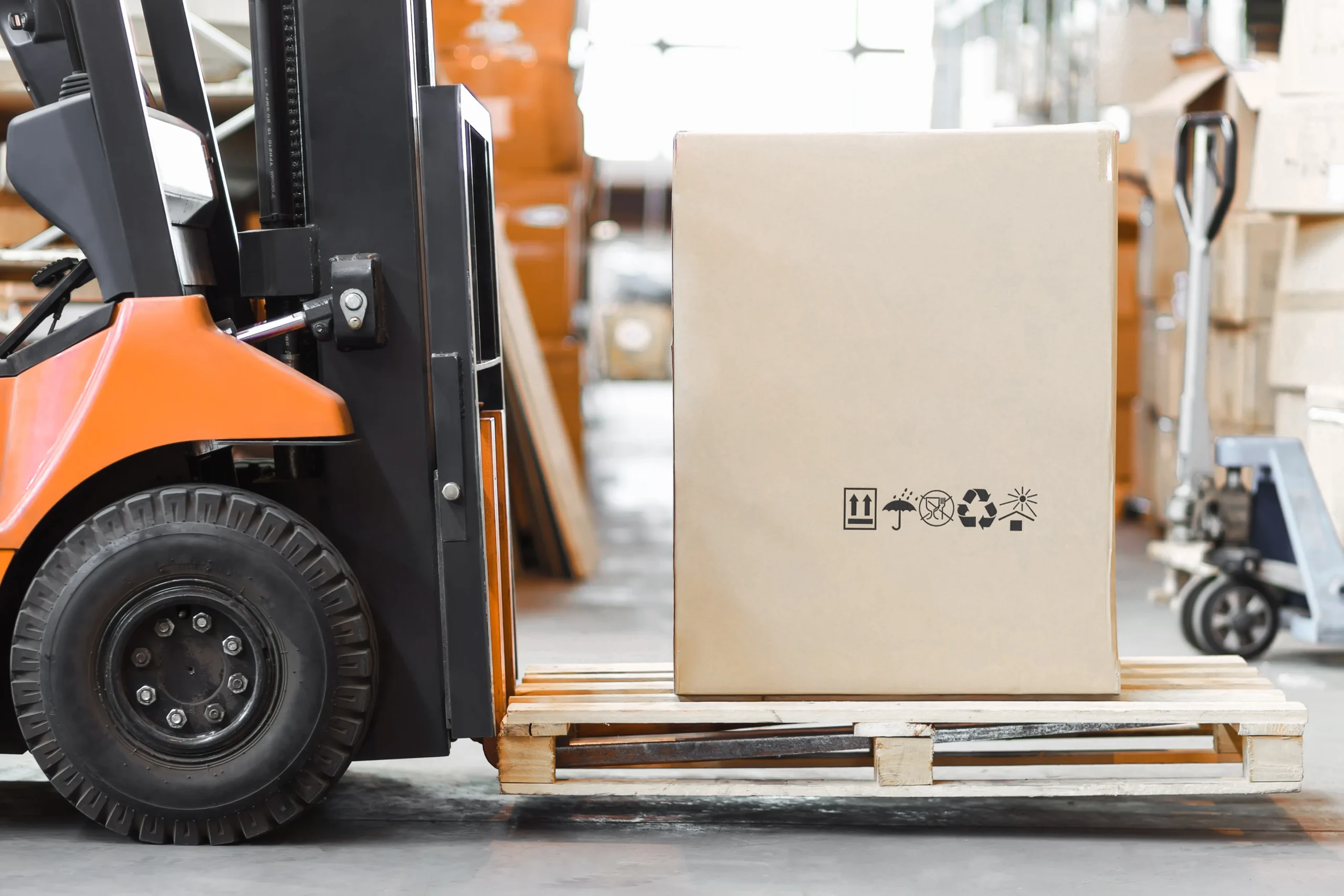Starting in late 2025, FedEx and UPS will implement updates to DIM weight rounding and cubic volume surcharge rules. These adjustments may influence your billable weights, dimensional thresholds, and overall shipping expenses.
The New DIM Rounding Rule (Effective August 18, 2025)
Both carriers have begun rounding up every fractional inch when measuring length, width, and height for DIM weight calculations.
Example:
- 9.1″ → 10″
- 5.01″ → 6″
This subtle change increases how the carriers calculate a package’s cubic volume, and therefore its dimensional weight.
How DIM Weight Works
DIM (dimensional) weight reflects how much space a package takes up, not just its weight on the scale.
The formula FedEx and UPS use is:
- DIM Weight (lbs.) = (Length × Width × Height) ÷ DIM Divisor
- 139 is the standard published DIM Divisor for UPS & FedEx.
Carriers then charge for whichever is higher: the DIM weight or the actual weight.
Why Rounding Up Matters
Rounding each dimension before calculating cubic volume inflates the total cubic inches. Even a small fraction of an inch, rounded up, adds volume—which may increase your billable weight.
Example:
Previously, a box measuring 11.1 x 8.5 x 6.2 inches, calculated using the published 139 DIM Divisor, would have a dimensional weight of 5 lbs. Under the new rules, that same box would now have a dimensional weight of 6 lbs.
This change also increases the chance of triggering dimension-based surcharges. Depending on the dimensions of your packages, this new rounding rule may cause a shipment to fall into Additional Handling (AHS) territory, which now also carries a 40 lb. minimum billable weight.
New Cubic Volume Rules
Both carriers are also shifting from the traditional “length + girth” system to new cubic volume thresholds for determining Additional Handling Charges or Large Package/Oversize Surcharges.
UPS — Effective December 22, 2025 (Postponed from August)
Large Package Surcharge
Applies to packages over 17,280 cubic inches or weighing more than 110 lbs.
Additional Handling Charge
Applies to packages over 8,640 cubic inches.
Other criteria remain the same.
FedEx — Effective January 12, 2026:
Additional Handling Surcharge — Dimension
Applies to any package over 10,368 cubic inches.
Oversize Charge
Applies to packages over 17,280 cubic inches or weighing more than 110 lbs.
Other triggers remain unchanged.
Key Difference
Note, there is a threshold variance between FedEx and UPS’s Additional Handling charges:
FedEx’s limit of 10,368 cubic inches is 20% higher than UPS’s 8,640 cubic inch threshold, with a difference of 1,728 cubic inches, or 1 cubic foot.
That means UPS will apply the Additional Handling surcharge to smaller packages than FedEx. UPS applies the fee to packages over 8,640 cubic inches, while FedEx begins applying it once a package exceeds 10,368 cubic inches.
Example:
A 24″ × 18″ × 20″ box = 8,640 cubic inches
- UPS: AHS surcharge applies
- FedEx: no surcharge (under 10,368 cubic inches)
Why Cubic Volume Matters
A package’s shape and overall volume, not just its longest sides, will now determine whether a shipment triggers an Additional Handling Charge or Large Package/Oversize Surcharge.
The shippers most impacted by these new cubic volume rules will be those whose operations rely on large, lightweight, or bulky packaging, especially when the items don’t weigh much but take up significant space in carrier assets.
Model the Future with SiftedAI
These new DIM rounding and cubic volume rules mark a significant evolution in how parcel costs are determined, placing greater emphasis on dimensional accuracy and packaging efficiency.
As these changes take hold, shippers will encounter new cost dynamics, expanded surcharge exposure, and a heightened need for precise measurement and modeling.
SiftedAI gives you the visibility and forecasting power to interpret these changes with precision.
With advanced shipment modeling and scenario simulation, you can:
- Quantify the impact of DIM rounding on billed weights across your network
- Identify packaging types or SKUs nearing cubic thresholds
- Model how the new carrier rules influence your total cost structure
- Evaluate packaging and routing strategies to enhance efficiency and manage spend
👉 With SiftedAI, you can see exactly where your dimensional data meets carrier pricing logic and make informed, proactive adjustments that keep your shipping operations efficient and your costs under control.
Want to see how SiftedAI works with your shipping profile?











